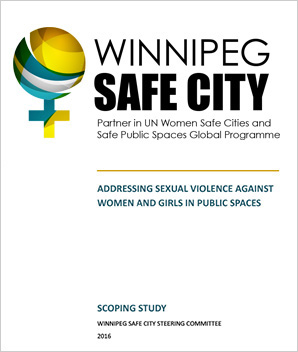Anti Street Harassment
What is gender-based street harassment?
Gender-based street harassment is unwanted comments, gestures, and actions forced on a stranger in a public place without their consent and is directed at them because of their actual or perceived sex, gender, gender expression, or sexual orientation.1
Examples include sexual gestures, honking, whistling, jeering, staring, following, indecent exposures, public masturbation, groping, persistent sexual advances, and touching by strangers.
Why does it happen?
It is used to make the harasser feel powerful, superior, and dominant by making the person being harassed feel uncomfortable, afraid, defensive, self-conscious, sexualized, hypervigilant or terrified. It is never a compliment. It is always about power and control.
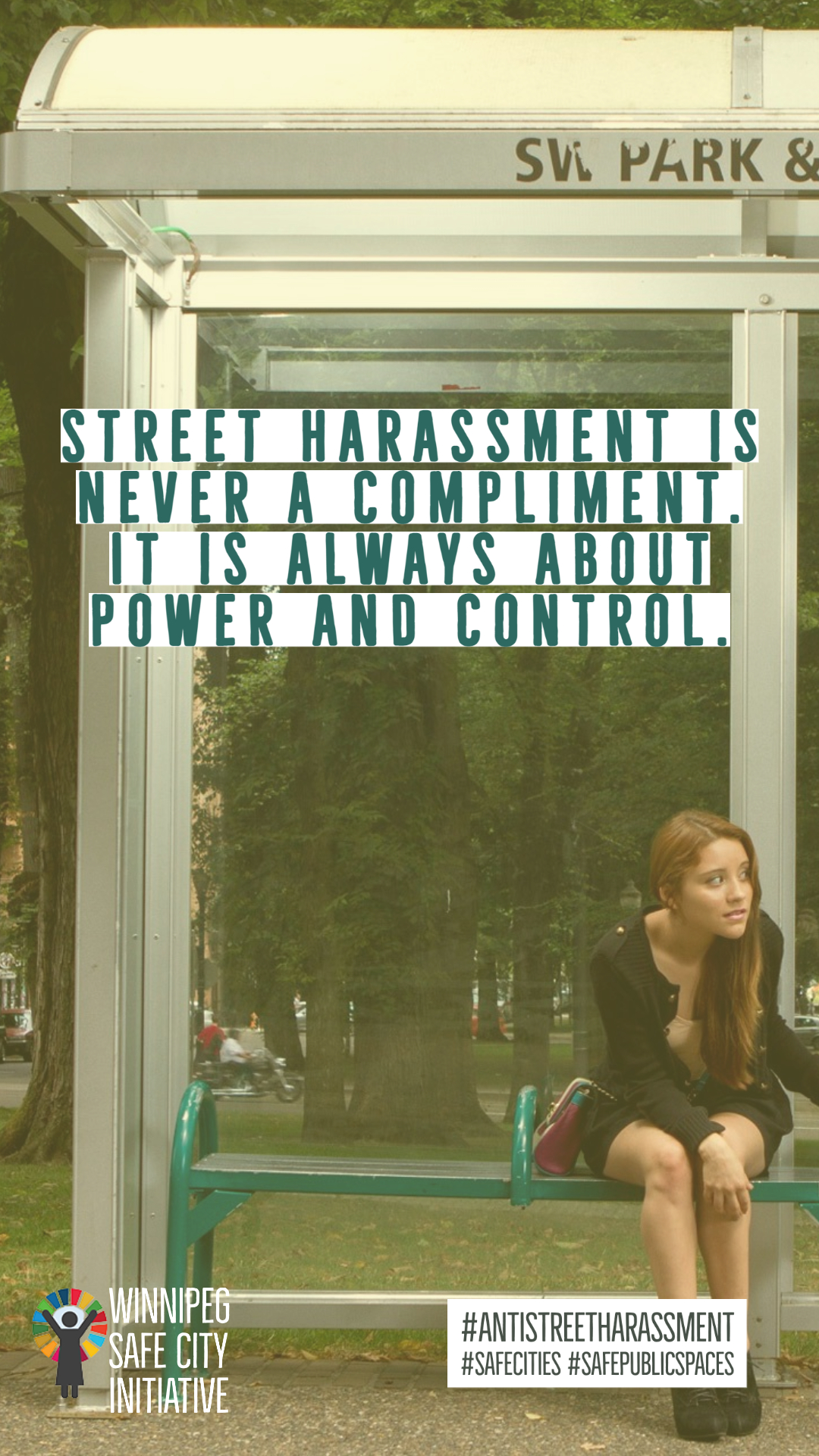
Who experiences street harassment?
While any person can experience street harassment, including men, the majority of people who are targeted are women and girls.
People are street harassed for factors other than their (perceived) gender, including their (perceived) race, religion, age, body size, (dis)ability, and socioeconomic status. People who experience marginalization and discrimination based on multiple identities are more likely to be targeted for street harassment. For example, Indigenous women and women of colour may be targeted because of racism and sexism.
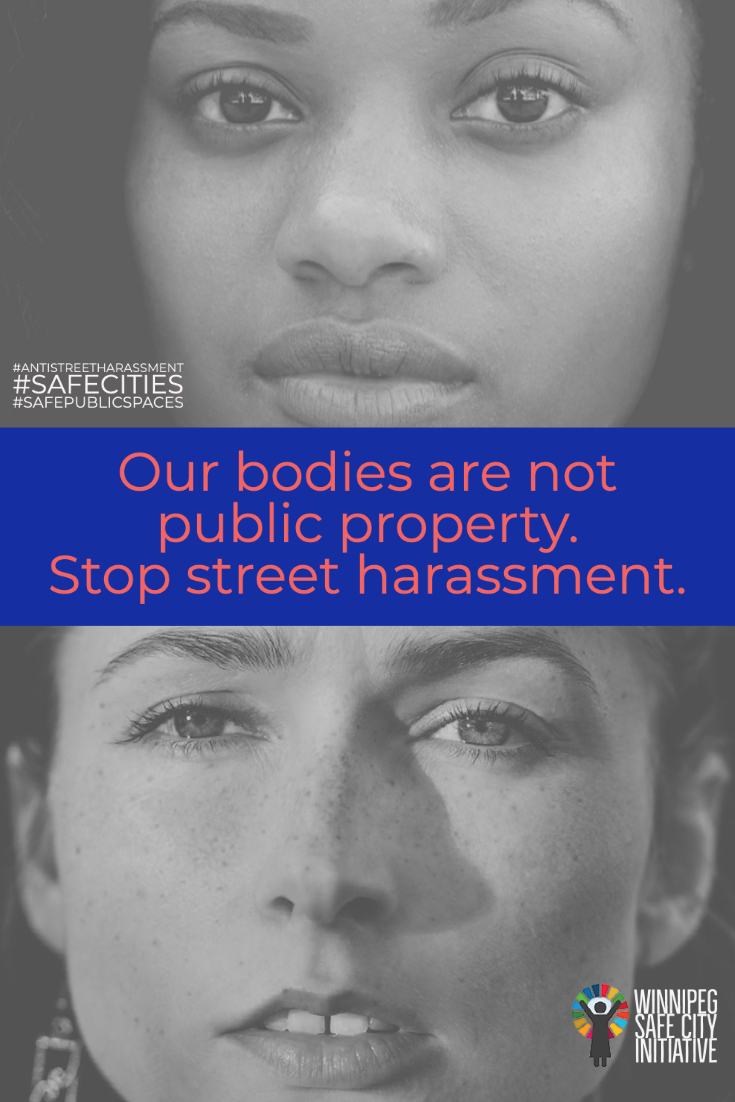
Where does gender-based street harassment happen?
It happens in any public space including (but not limited to) on the street/sidewalk, in restaurants, bars, skywalks, in shopping malls, in public elevators, on public transit, at bus stops, in taxicabs, while exercising in public, in parking lots/parking garages, etc.
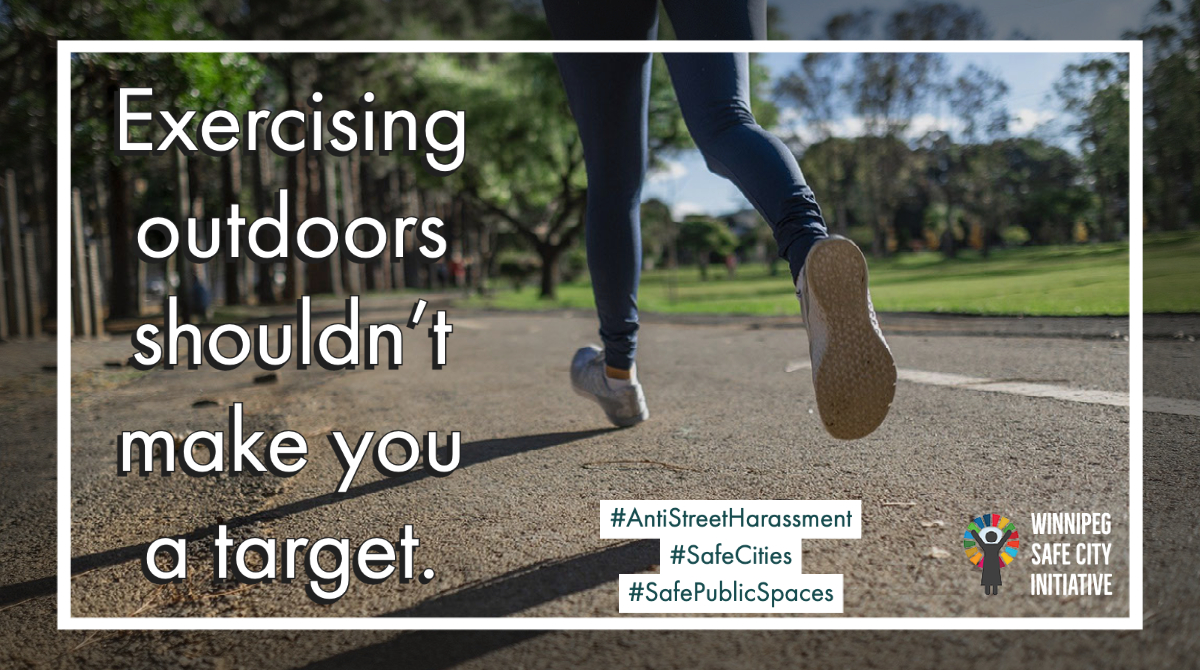
Why does this matter?
Gender-based street harassment threatens a person’s sense of safety, impedes on their right to freely access public space, and limits where, when, with who, and how they move around their neighbourhoods, communities, and city. This limits access to educational, economic, and social opportunities as well as participation in politics.
This can result in increased fear, anxiety, depression, reduced sleep quality,2 shame, reduced sense of safety3 and restricted mobility.
Women and girls are often socialized to expect gender-based street harassment and to use strategies to protect themselves from it. While it is important to be aware of your surroundings, expecting only women and girls to police their behaviour deflects responsibility from perpetrators who are always in control of their actions. It also contributes to pervasive victim-blaming.
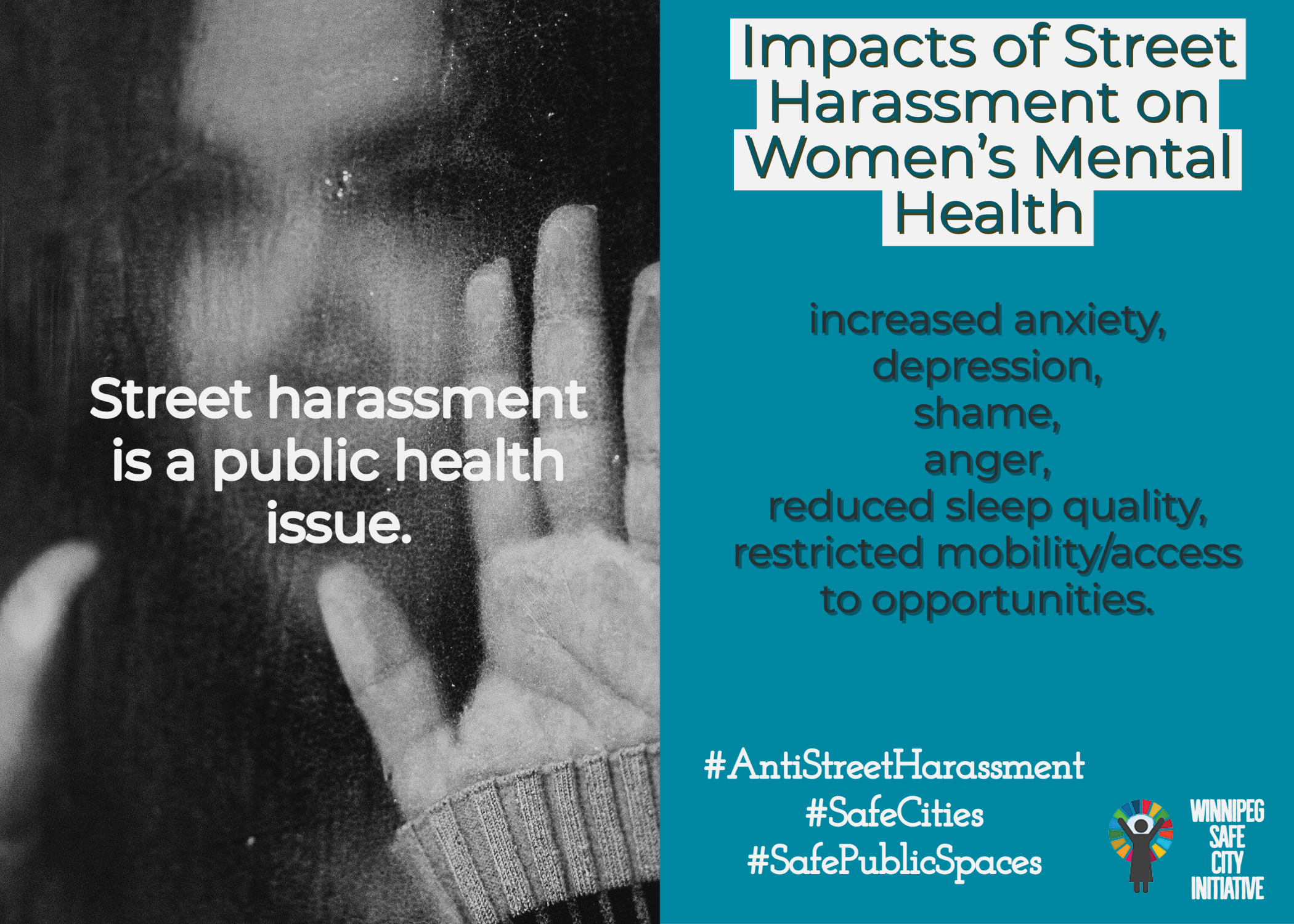
What can be done?
- Increasing public awareness, with a focus on how boys and men can help stop gender-based street harassment
- Complete certified bystander intervention training
- Women’s safety audits of public spaces to determine what practical measures need to be taken to increase real/perceived safety (i.e.: more lighting, emergency telephones)4
- Using mobile technology to track incidents of street harassment and address barriers
- Partnering with local organizations and governmental partners to change and/or enact public policy.
- Believe survivors.
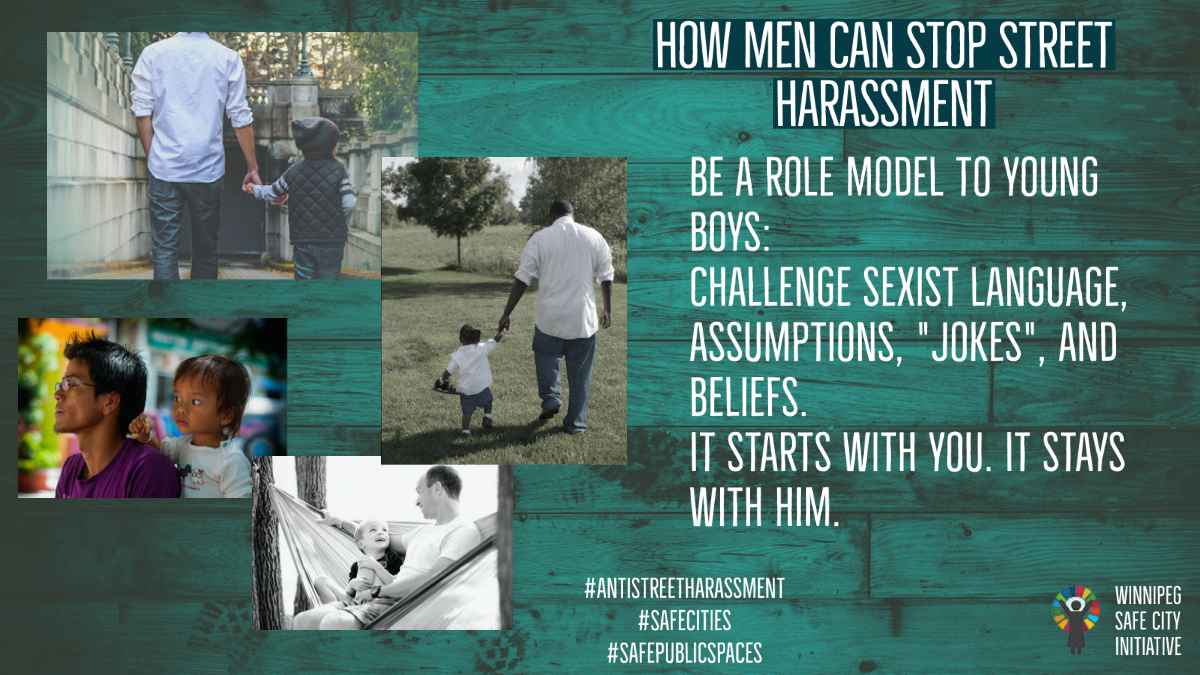
What is Street Harassment? Stop Street Harassment. Webpage. 2021.
https://stopstreetharassment.org/about/what-is-street-harassment/
DelGreco, M., Christensen, J. Effects of Street Harassment on Anxiety, Depression, and Sleep Quality of College Women. Sex Roles 82, 473–481 (2020). https://doi.org/10.1007/s11199-019-01064-6
Here’s How Street Harassment Affects Women’s Mental Health: https://www.talkspace.com/blog/heres-street-harassment-affects-womens-mental-health-heal/
Making Cities Safe for Women and Girls.
https://www.theguardian.com/global-development/2013/feb/21/making-cities-safe-women-girls

